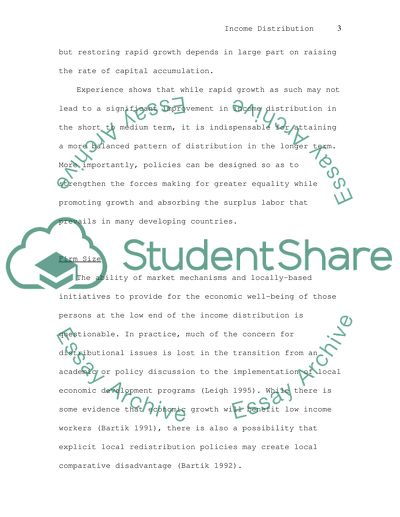Cite this document
(“Income Distribution Essay Example | Topics and Well Written Essays - 2000 words”, n.d.)
Retrieved from https://studentshare.org/sociology/1505502-income-distribution
Retrieved from https://studentshare.org/sociology/1505502-income-distribution
(Income Distribution Essay Example | Topics and Well Written Essays - 2000 Words)
https://studentshare.org/sociology/1505502-income-distribution.
https://studentshare.org/sociology/1505502-income-distribution.
“Income Distribution Essay Example | Topics and Well Written Essays - 2000 Words”, n.d. https://studentshare.org/sociology/1505502-income-distribution.


